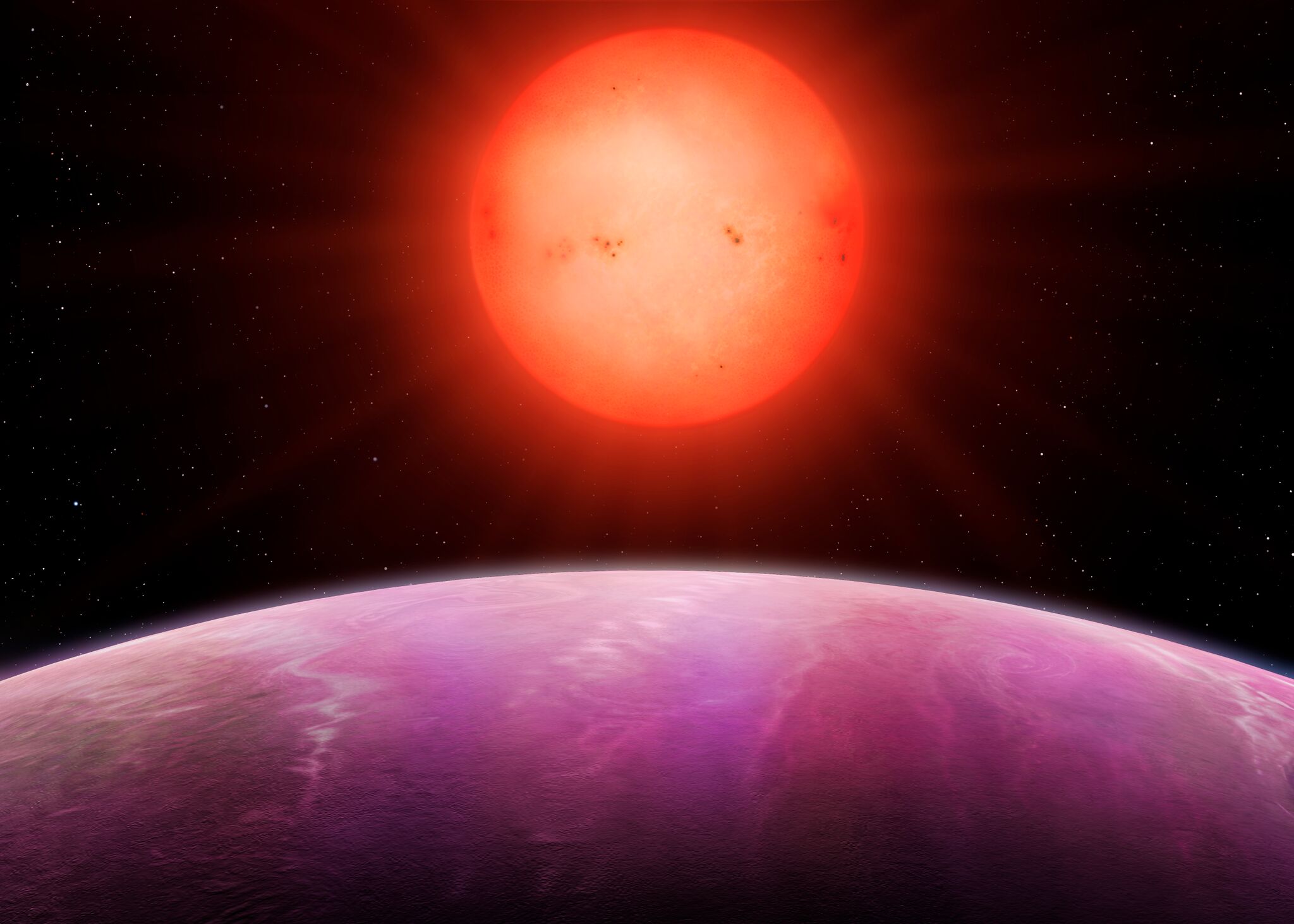‘Monster’ planet challenges planet formation theories
Astronomers have discovered a huge exoplanet that challenges current theories of planet formation. This unique object was the first to be discovered with the Next-Generation Transit Survey (NGTS), an international collaboration involving researchers at the University of Warwick.
Located 600 light years from Earth, the planet NGTS-1b is a gas giant roughly the size of Jupiter, orbiting a star half the size of the Sun. It orbits incredibly close to its host star, at 3% of the distance between the Earth and Sun — meaning that one year on NGTS-1b lasts only 2.6 Earth days. Being in such close proximity to its star, along with its giant mass, earns NGTS-1b the classification of a ‘hot Jupiter’. Although the temperatures of some of these planets can reach thousands of degrees, NGTS-1b is merely a cool 530˚C due to the nature of its host star.
It is the largest exoplanet ever discovered compared to its host star…
“NGTS-1b was difficult to find, despite being a monster of a planet, because its parent star is small and faint. Small stars are actually the most common in the universe, so it is possible that there are many of these giant planets waiting to found.” — Peter Wheatley, NGTS lead.
However, the remarkable thing about the discovery of NGTS-1b is that it is nearly a quarter of the size of its host. In other words, it is the largest exoplanet ever discovered compared to its host star.
NGTS is an array of telescopes based at ESO’s Paranal site in Chile, which was selected for its excellent atmospheric conditions and dark skies. Unlike NASA’s famous exoplanet-detecting Kepler mission, NGTS is designed to detect objects the size of Neptune and smaller around bright stars, although it can still detect other celestial bodies such as NGTS-1b. It aims to find planets that will later be studied in detail by projects such as the James Webb Space Telescope and the Very Large Telescope, also located at Paranal.
Exoplanets are not intrinsically bright objects like stars, so it can be very difficult to directly image them…
Exoplanets are not intrinsically bright objects like stars, so it can be very difficult to directly image them. NGTS-1b was detected by carefully monitoring patches of the sky over several months with cameras specifically designed to be sensitive to ‘redder’ light. Astronomers noticed a periodic dip in the brightness of a star every 2.6 days — the telltale sign of a planet passing in front, blocking out some light for the duration of its eclipse, or transit. The size, position and mass of NGTS-1b were then calculated using radial velocity measurements of the host star. If an exoplanet is massive and close enough to its star, like NGTS-1b, its gravity can cause the star to ‘wobble’, and this can be osberved with spectroscopic equipment. From these measurements and subsequent calculations, the remarkable size and nature of NGTS-1b was revealed.
From these measurements and subsequent calculations, the remarkable size and nature of NGTS-1b was revealed…
It was previously thought planets as big as NGTS-1b couldn’t form around small stars because there isn’t enough spare material left over from making the star to form such a large planet.
“The discovery of NGTS-1b was a complete surprise to us — such massive planets were not thought to exist around such small stars. This is the first exoplanet we have found with our new NGTS facility and we are already challenging the received wisdom of how planets form.” — Daniel Bayliss, lead author of paper.
Astronomers hope to investigate this more by finding out how common it is for small stars to have huge planets like NGTS-1b. The Next-Generation Transit Survey is best equipped to answer this question over the coming years.

Comments